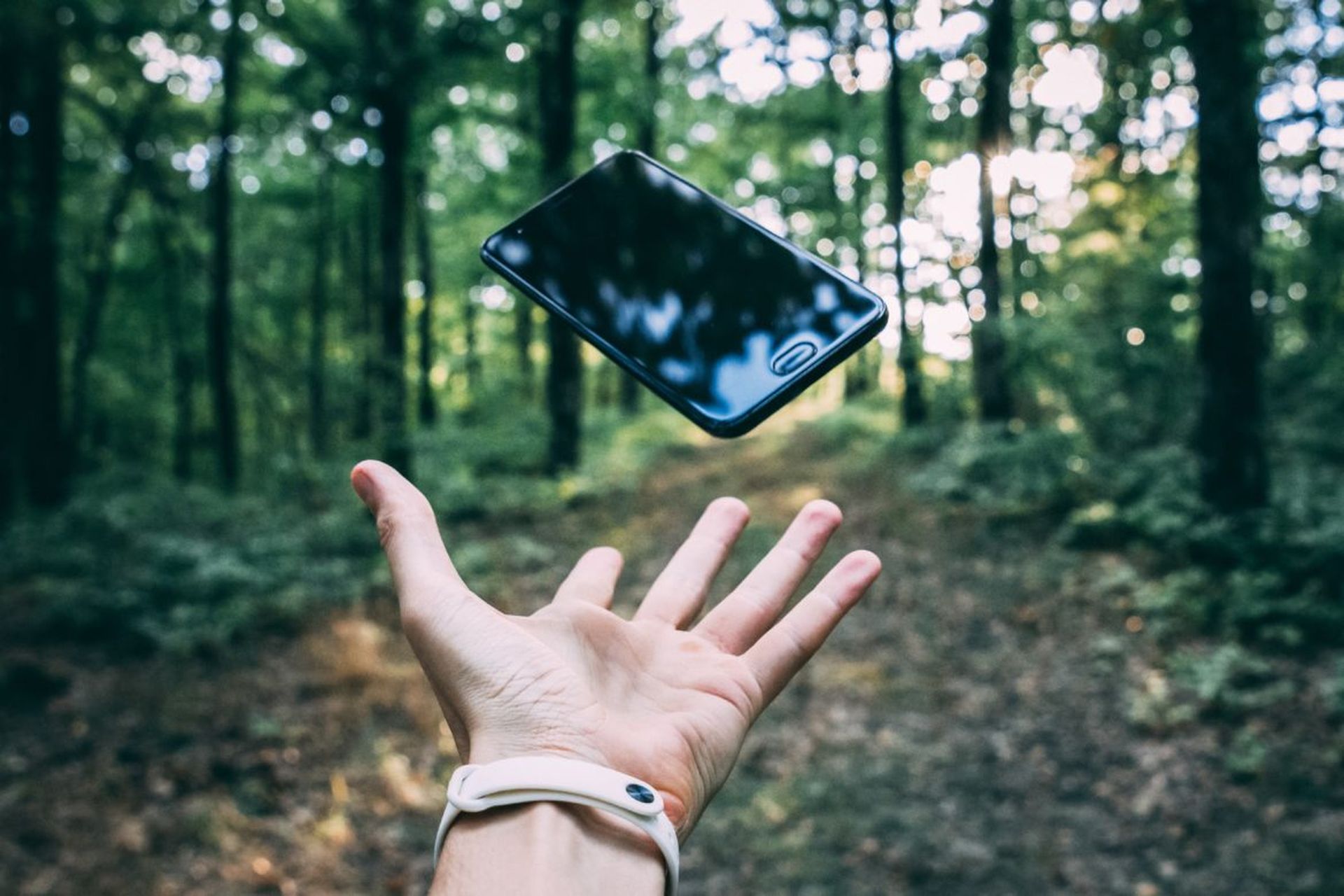In this article, we are covering 13 photography tips for smartphones in honor of World Photography Day, so you can take the best photos possible.
Digital cameras have lost their luster and elegance in the eyes of photography enthusiasts with a keen eye for the craft. Smartphones have gradually displaced the conventional camera as the market leader, owing to a combination of user-perceived benefits that much outweigh those of the digital camera. Even experienced photographers use their iPhones to take fast pictures or standard images. The reality is that you can snap breathtaking photographs with your smartphone as well. The way of operation is straightforward: simply bring out the phone and press a button.
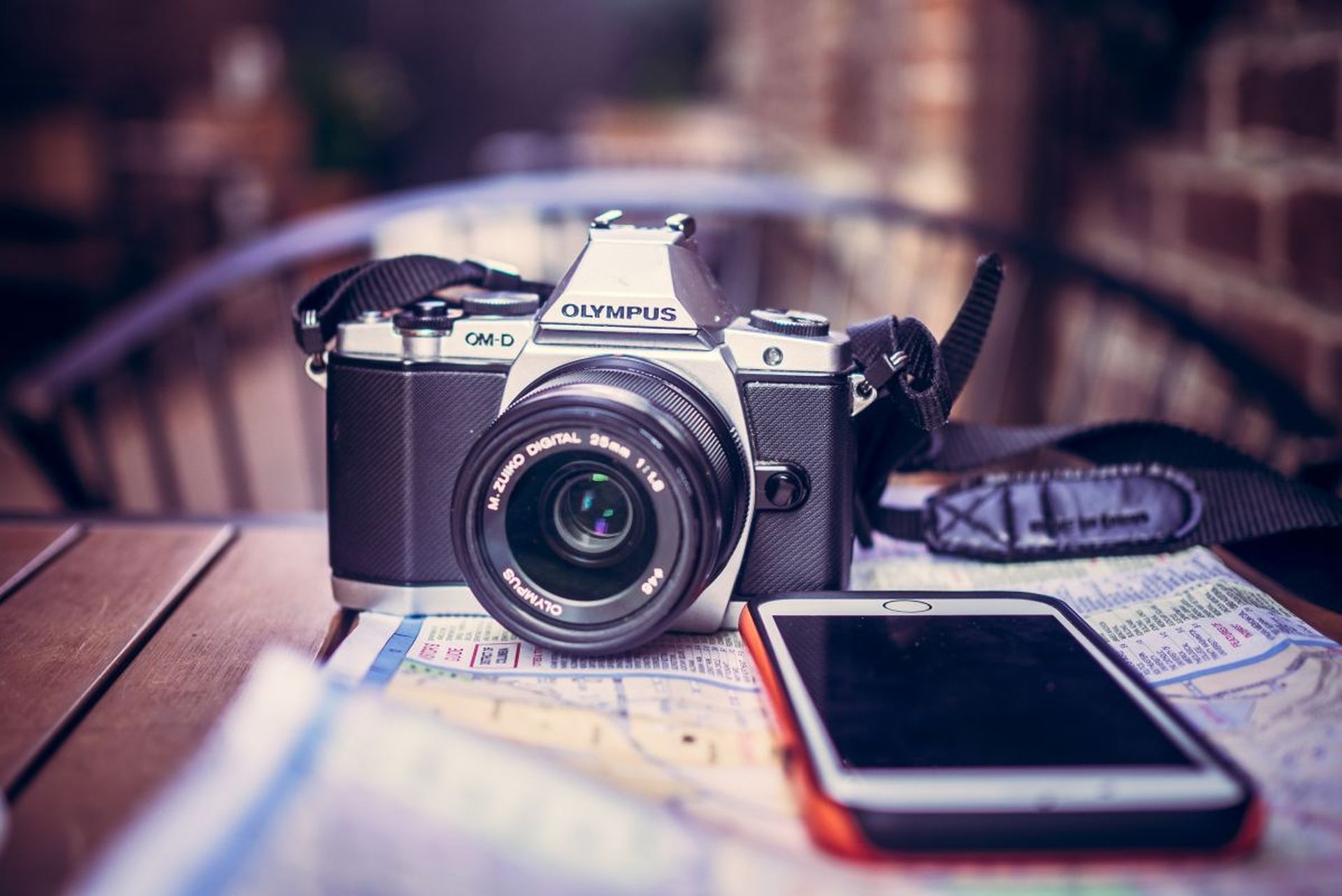
Only a few of the routinely taken photographs are excellent enough to be preserved in that unique book inside the gallery, where you have pinned your memories for posterity. To keep more photographs in the exclusive area, make sure your photos are truly mind-blowing. The most significant factors in beautifying your product are camera settings, lighting, scene modes, and composition. When you have a large number of fantastic images to brag about, you may gradually back them up in some space on your phone. Smartphone photography may be simple if you understand the nitty-gritty and know-how.
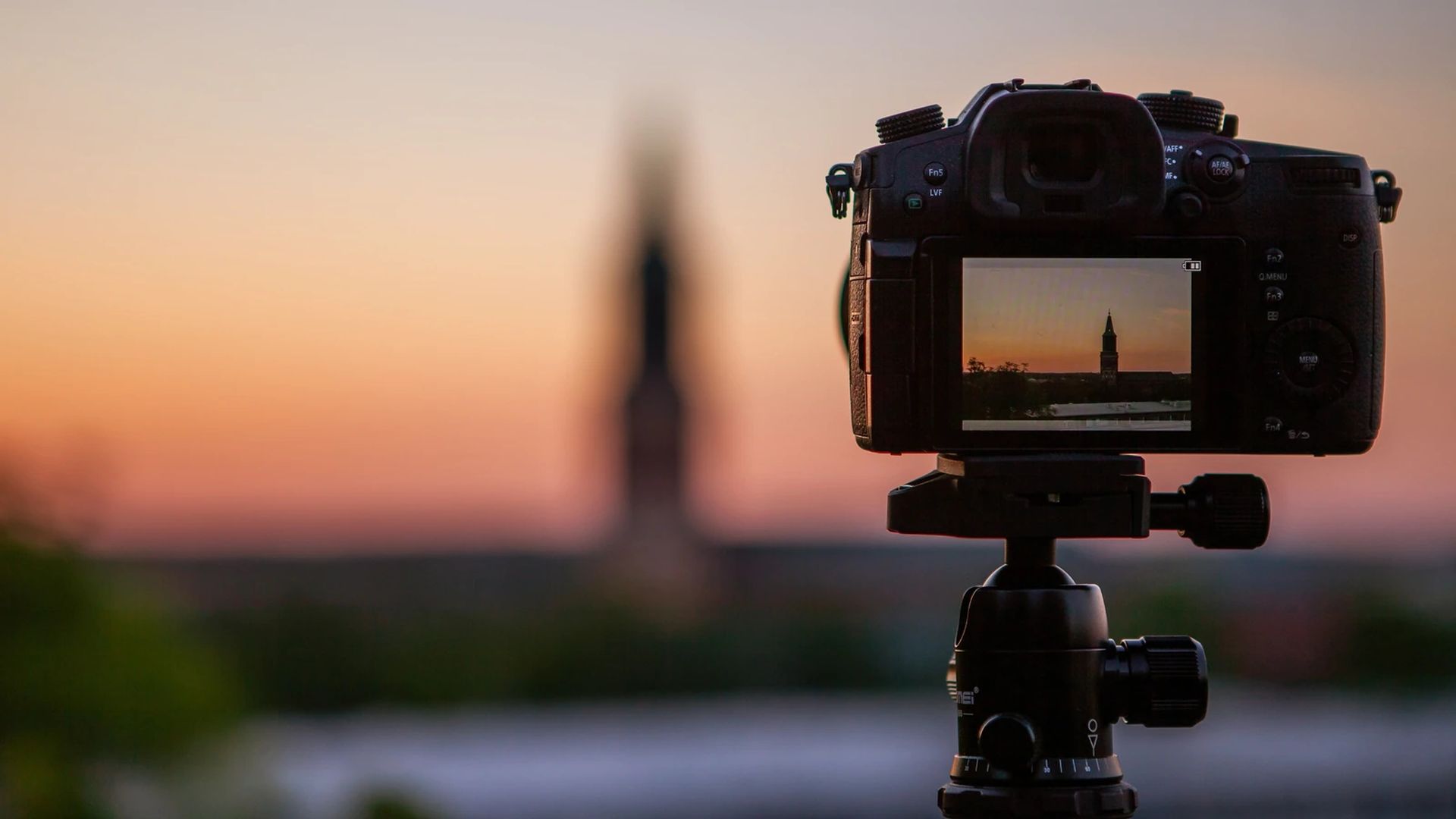
13 photography tips for smartphones to celebrate World Photography Day
Here are some recommendations that, in terms of relevance and validity, will last you a lifetime and demonstrate the technological possibilities of your phone camera. Anyway, World Photography Day is coming up on Friday, August 19, 2022. Continue reading to learn more about this special day.
Clean your lens
This may sound like slang and painfully simple, but a fast cleaning should result in unexpectedly fresh and clear photographs after the click. Smudges and grime can significantly reduce viewing enjoyment. Before organizing a photoshoot, give your phone a quick clean to ensure clearer and more satisfactory image quality.
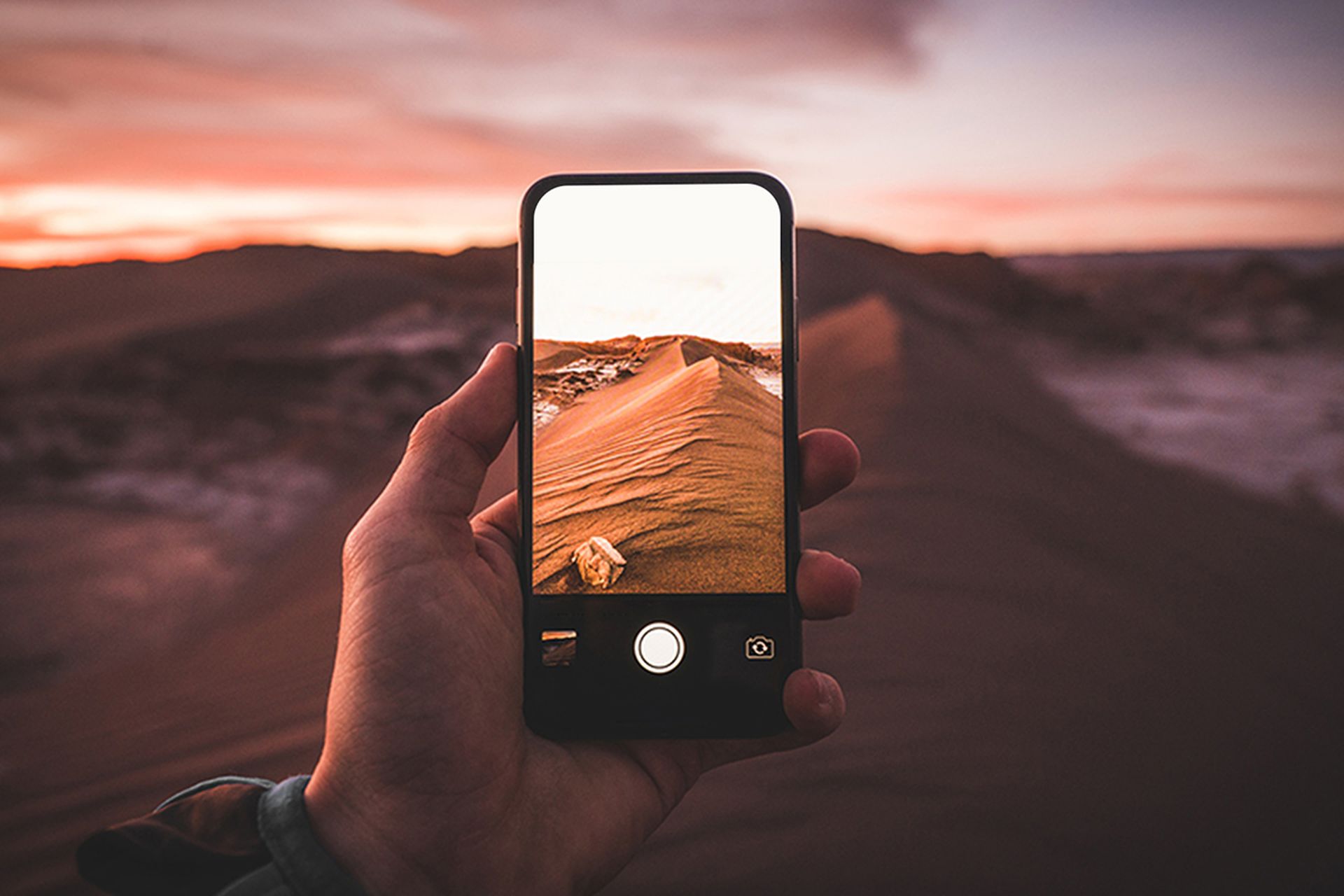
Tap the screen for a good focus
The camera understands what it needs to focus on. When you focus on a person in a clear scene, it just allows the attention to be on him. This autofocusing method works effectively when the scene is basic and clear. Only while photographing a bird within a shrub will your smartphone’s focus go crazy, resulting in a hazy image. Allow the phone to figure it out on its own, and then just touch on your topic. You already have a clear image.

Avoid flash altogether
Certainly, your smartphone camera has a flash. As a result, be cautious while using the flash feature on it. Daytime photographs taken with a flash do not produce a flattering result. Captures taken late at night have the same impact. Use natural light to its full potential; select early morning or late evening for that golden silhouette or outline, and save your soft evenly lit image preferences for a gloomy day.
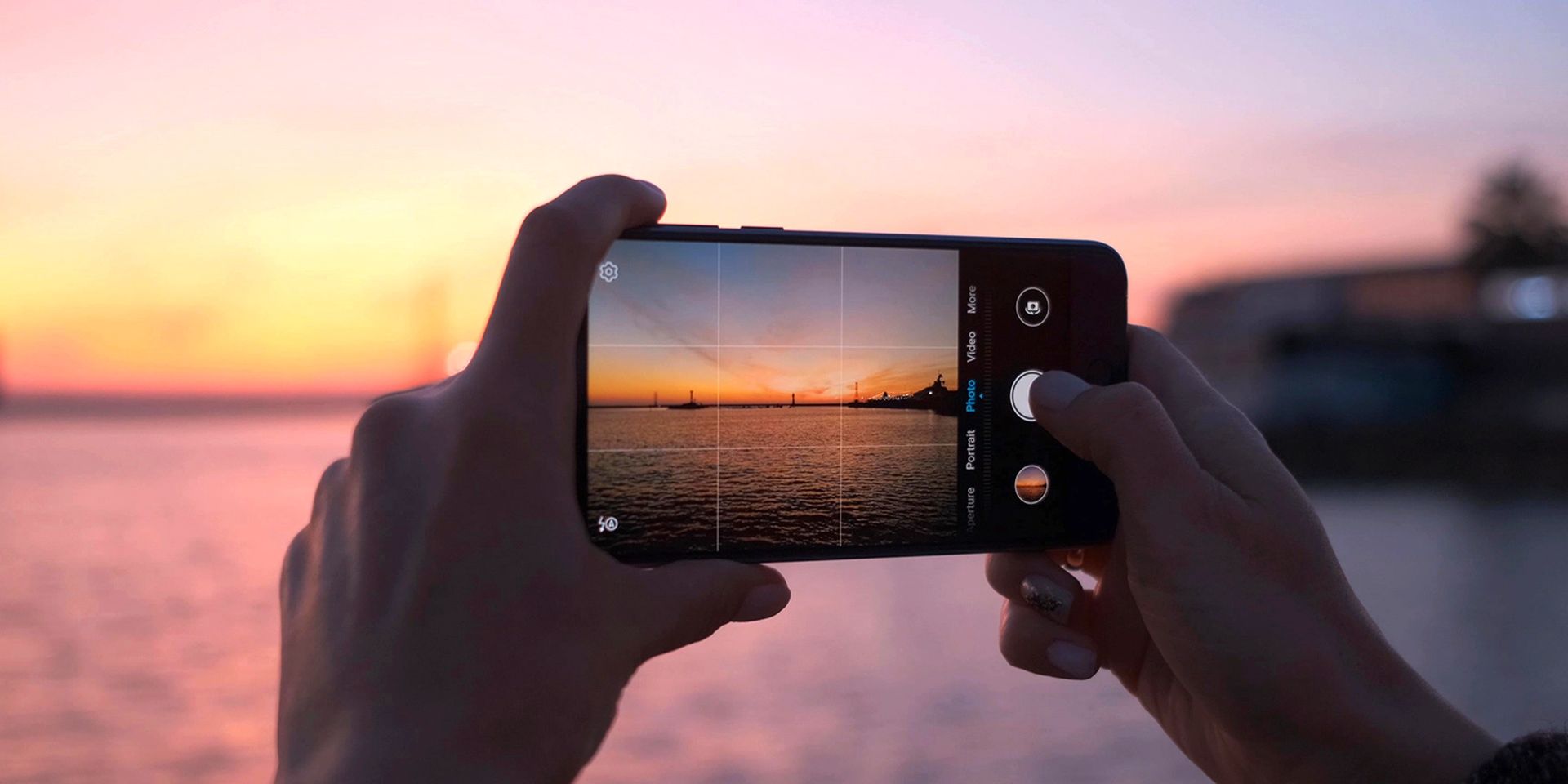
Manually set the brightness
There are, of course, options for manually adjusting the brightness. This function allows you to alter the picture features that you wish to appear in the final photo. On a modern smartphone, you may just tap the screen to test whether it shows an exposure symbol, then slide up or down to modify the brightness of the exposure. Check that the finished image retains all of the image’s features. Think more creatively and make the most of the light.
Give it a creative touch
Composition is defined as the arrangement of the pieces in the frame. If catching the finest details appears to be your aim, ensure that the objects of focus are properly placed. Avoid putting your topic in the center of the frame. Another fancifully ideal notion to add in your goals is symmetry. Instead of creating an artificial outline, use a natural frame such as a window or an arch. Position the essential features one-third of the way into the image to get a balanced and dynamic vibe in your images.
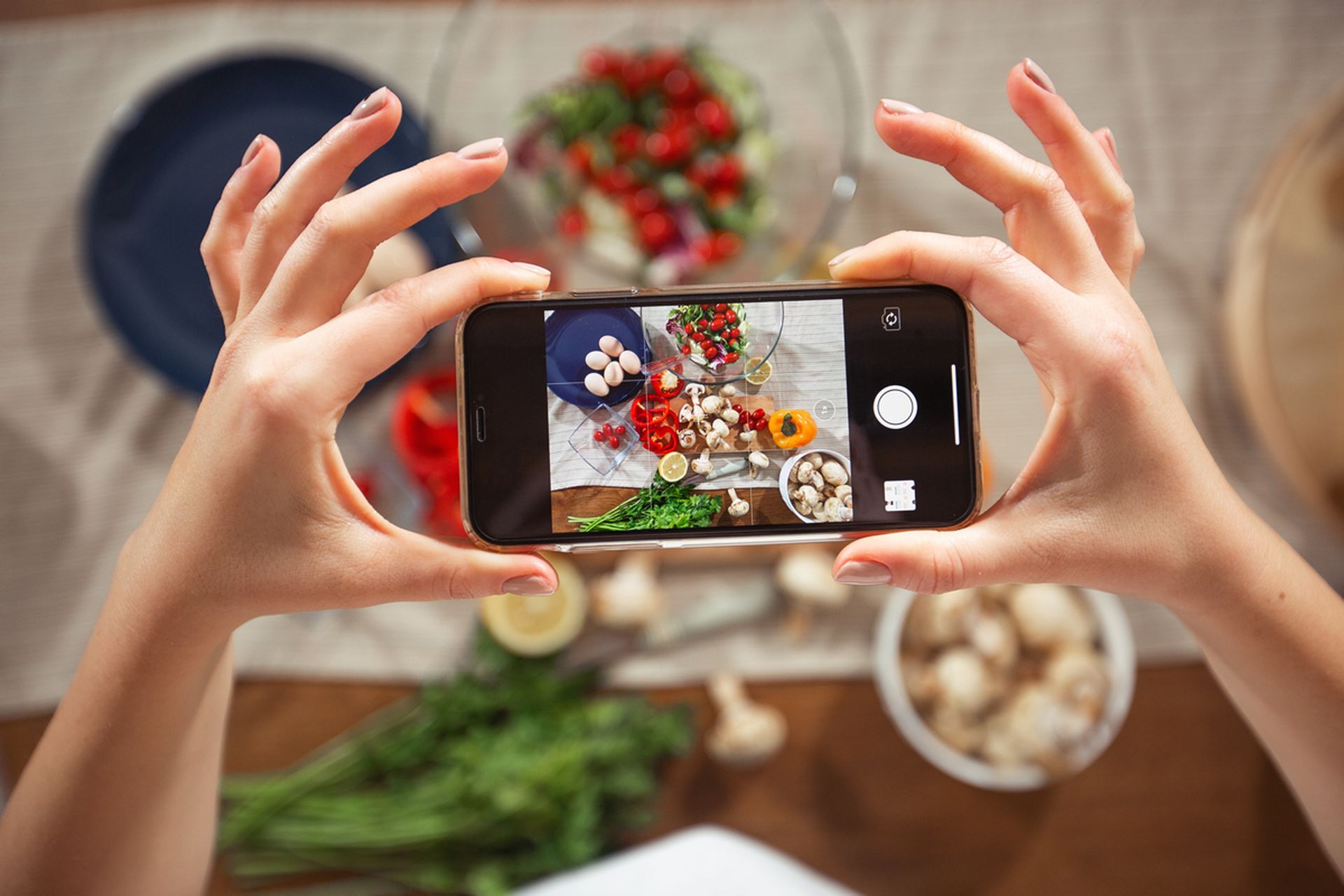
Follow the rule of odds
Gather and cluster your topics in odd numbers such as three, seven, or nine. For example, for your pictures, have a group of individuals lined up in odd numbers. This isn’t really a technological secret, but it is pure beauty. Odd numbers look well in clusters for their own reasons, like a set of forks placed in threes and fives. This is not a law that must be followed, but it simply fits nicely with your artistic sense to generate heartwarming photos.
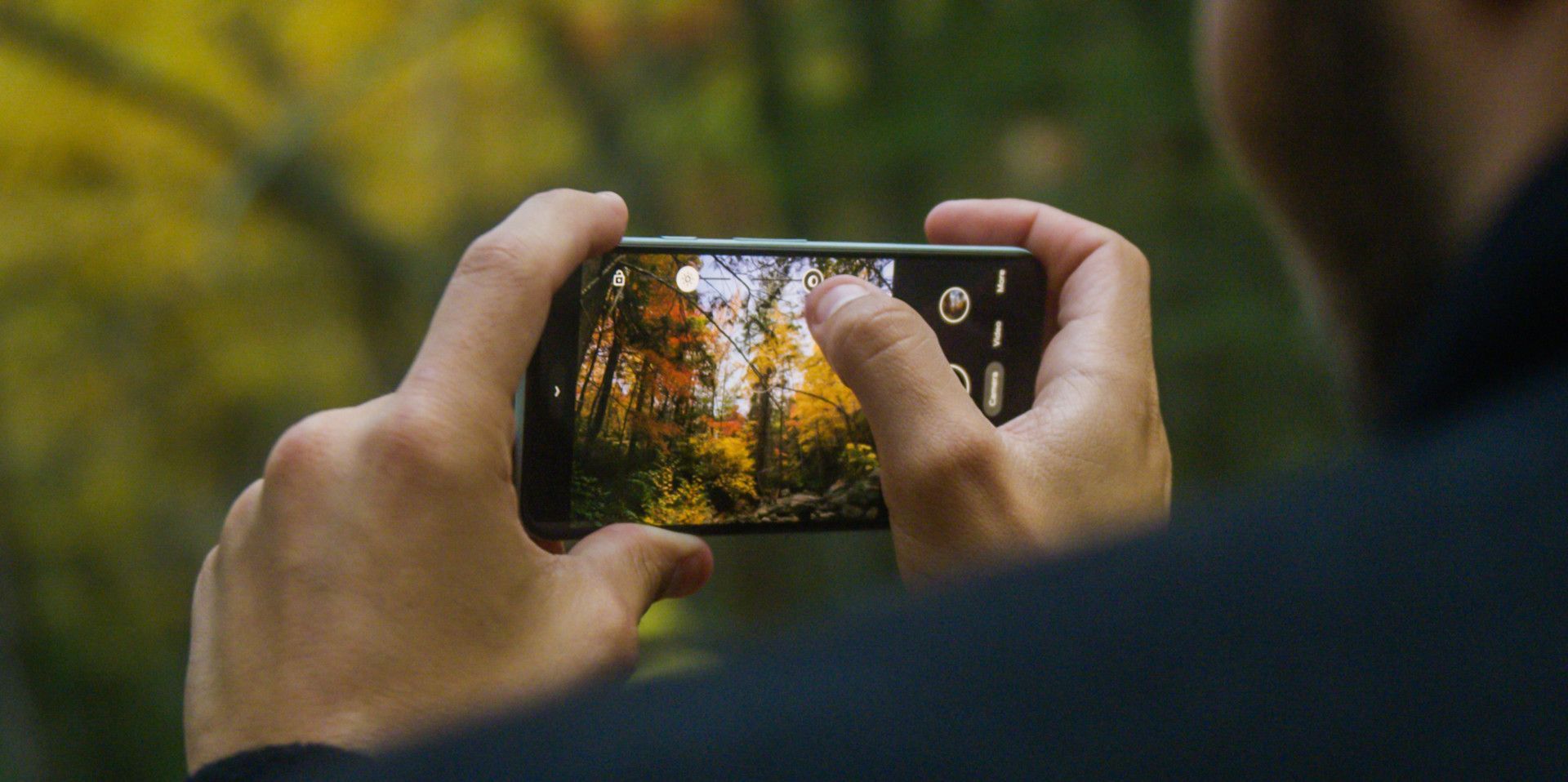
Straighten the tilt
Tilting the phone while shooting generates a crooked horizon, which is a huge issue for an inexperienced photographer. You may continue to generate a sequence of terrible photographs unless you know how to solve it. Fortunately, there are solutions to this as well. Turn on your camera grid to see a series of lines that you may use to balance the horizons in the field. Otherwise, the best approach would be to utilize your editing methods on them, such as straightening. The only concern is that pixels will be lost in the process. So getting the greatest shot immediately on the moment pays well.
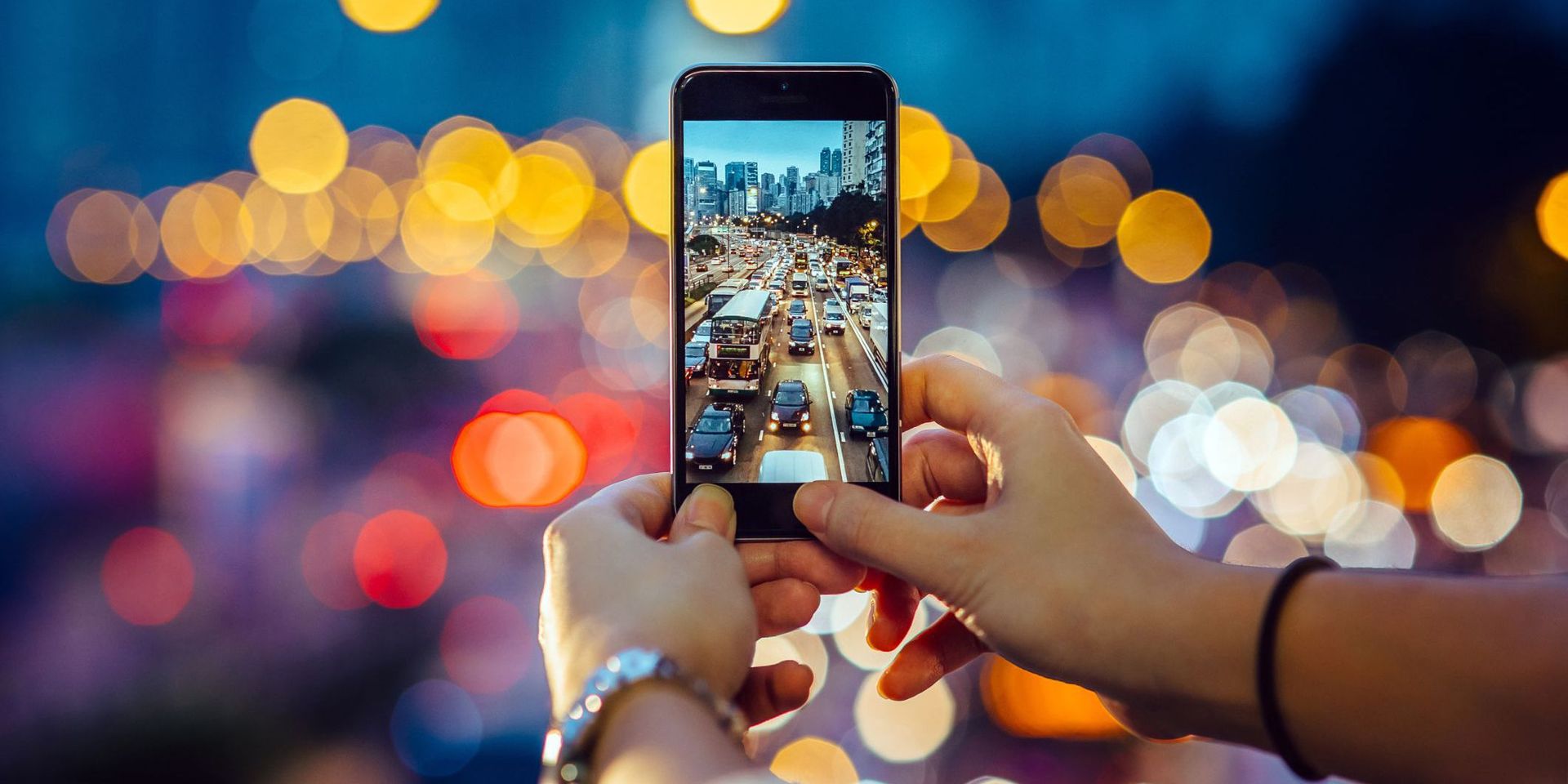
Make the most of leading lines
Leading lines are lines that direct the viewer’s attention to the primary subject. Use leading lines to create picture-perfect results. Technically, a leading line can be anything, from tree branches to traffic signs. If you can’t make sense of the leading lines, train your eyes a little more. Once you’ve found it, return your attention to the primary subject. For example, you can lead the viewers’ attention to the building by focusing on the seats.
Choose natural light
When photographing against a backdrop of natural light, the images are exquisitely clean. Dawn and dusk lighting are both mellow and appealing. Consider gloomy light, as well as strong contrast light from the searing sun, particularly in black and white. At night, you may still utilize natural light, but using a tripod prevents image blur.
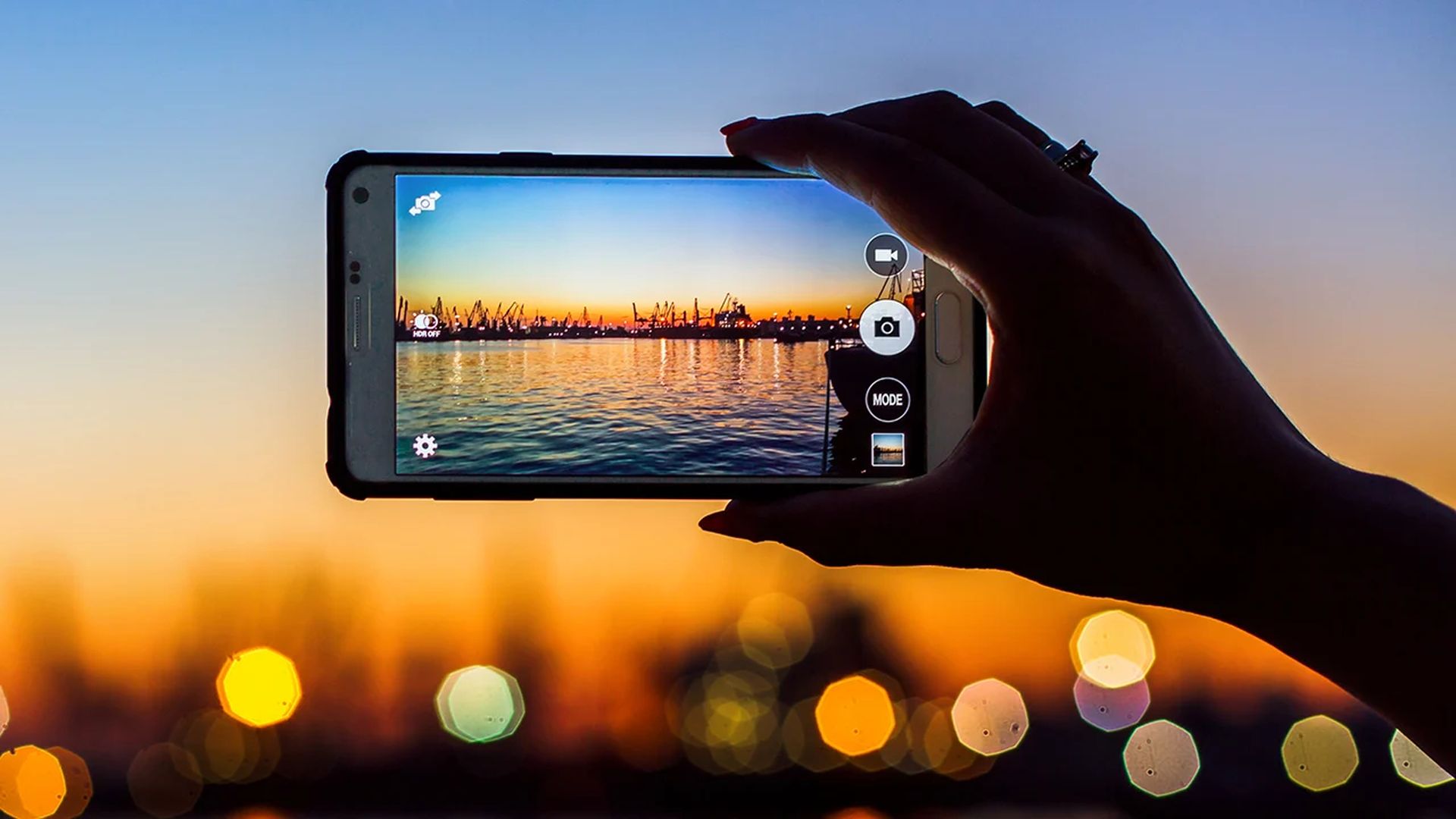
Try not to zoom
Unless your phone has a telephoto lens, avoid zooming. The majority of zoom capabilities operate digitally, cropping the image to enlarge the thing in front of you. It only moves pixels and not the item in front of you. It is preferable to take your image near to the subject rather than zooming in digitally. This allows you to create an environmental shot.
Try an add-on lens
As a bonus feature, midrange and higher-end cellphones offer a telephoto lens. However, it is still worthwhile to invest in a high-quality add-on lens. The macro lens adds versatility to your camera, but for the hour, a telephoto converter lens is required.
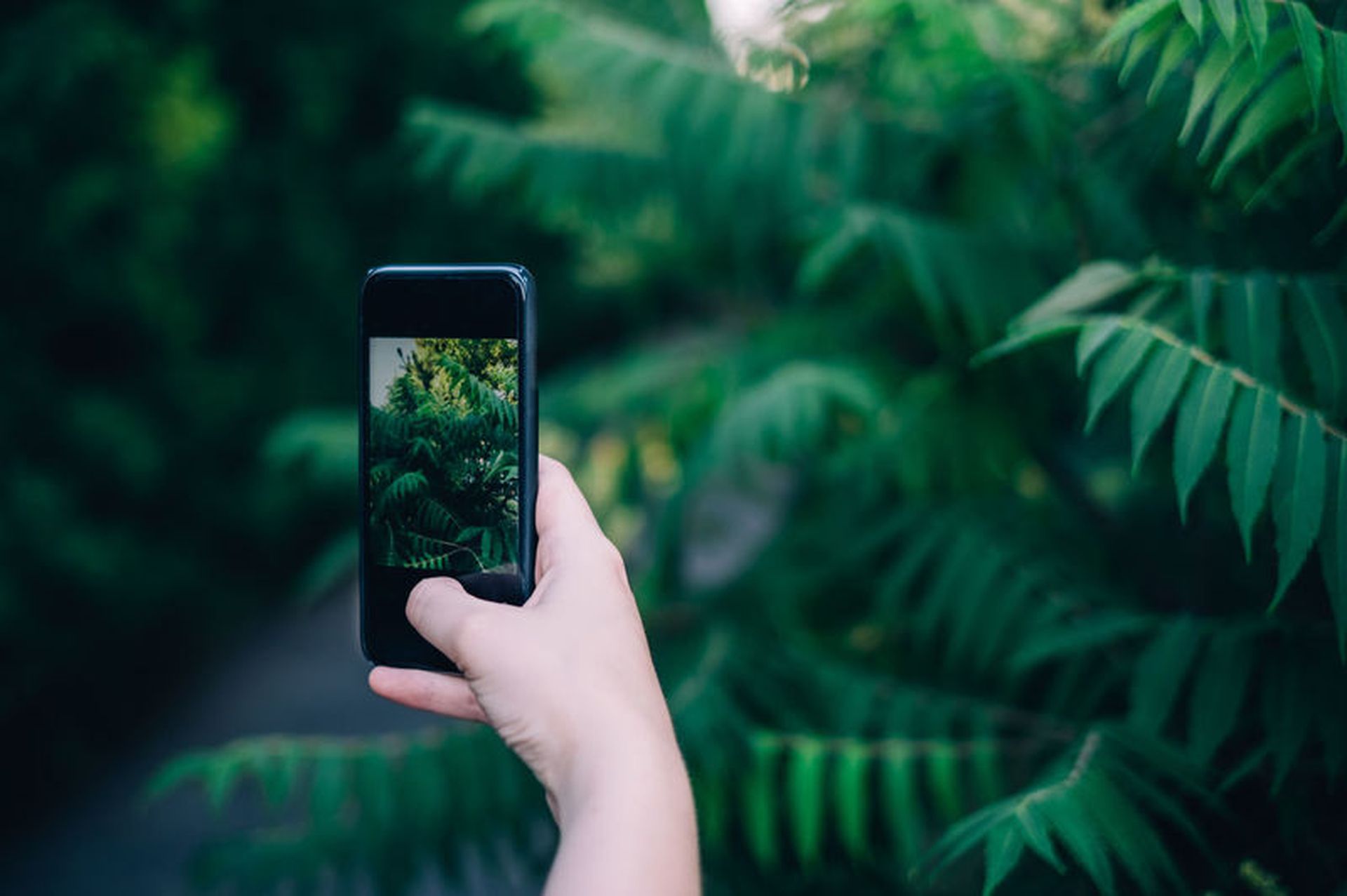
Go for a gimbal
A gimbal is just a tripod head that smoothly balances the weight of the camera so that it may be moved horizontally or vertically. Gimbals are your heavyweight champs, capable of supporting the weight of a large camera. They are perfect companions for your massive telephoto lenses. Basic compact cameras are limited to 1080p resolution, yet a smartphone includes a 4K video camera. Flagship models are limited to optical image stabilization. To get truly good videos, use a powered Gimbal.
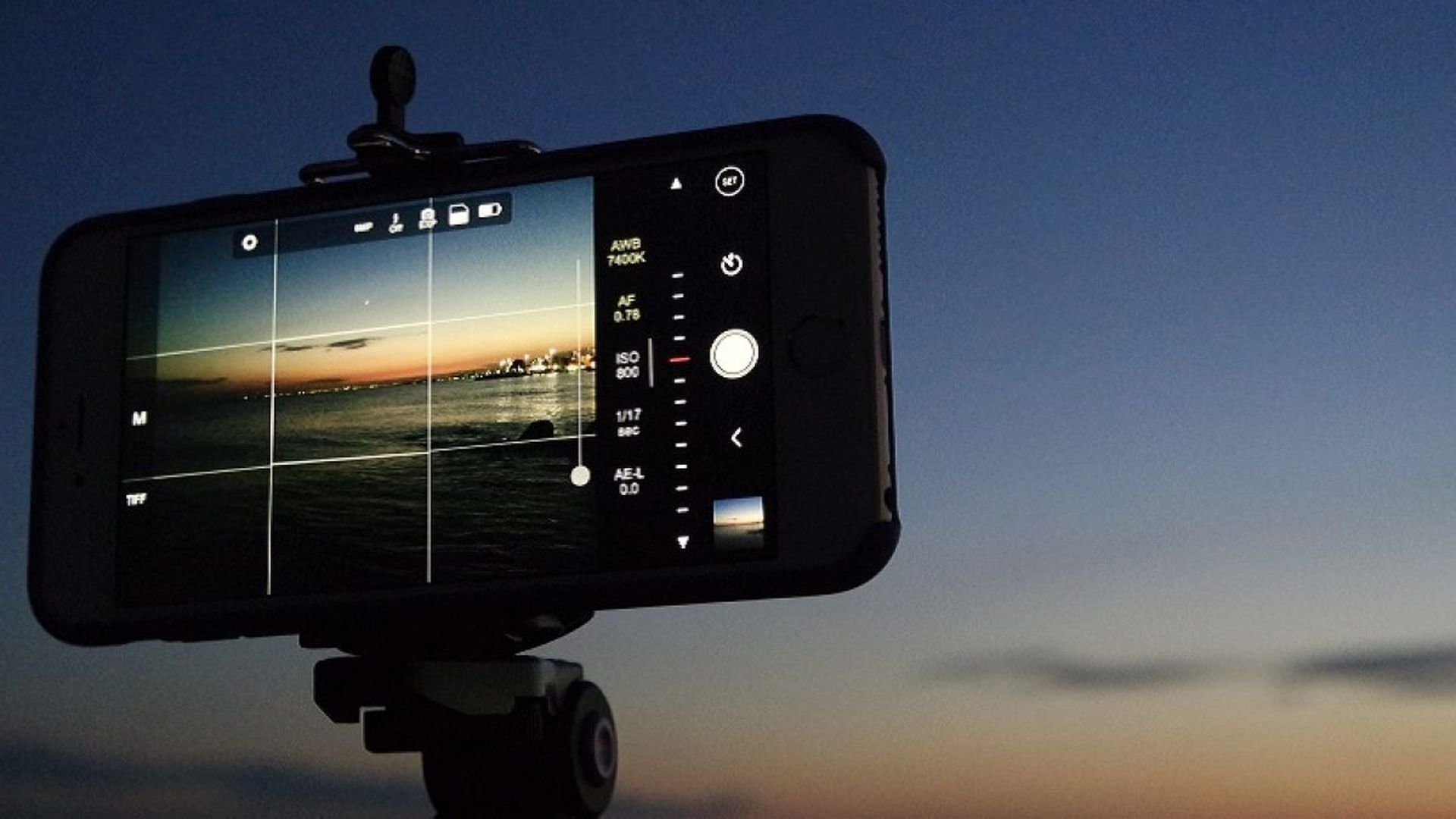
Set up a mic
The most critical component that we frequently overlook while making a video is the audio facility, which is more vital than clear footage. The inbuilt microphone on your phone is only good for making phone calls, not recording high-quality audio. Before purchasing, read several reviews to ensure that the microphone is compatible with your phone model and operating system.
We hope that you enjoyed this article on World Photography Day: 13 photography tips for smartphones. If you did, we are sure that you will also enjoy reading some of our other articles, such as Amazon World Photography Day quiz answers, or best external camera screens: Which one to buy.

